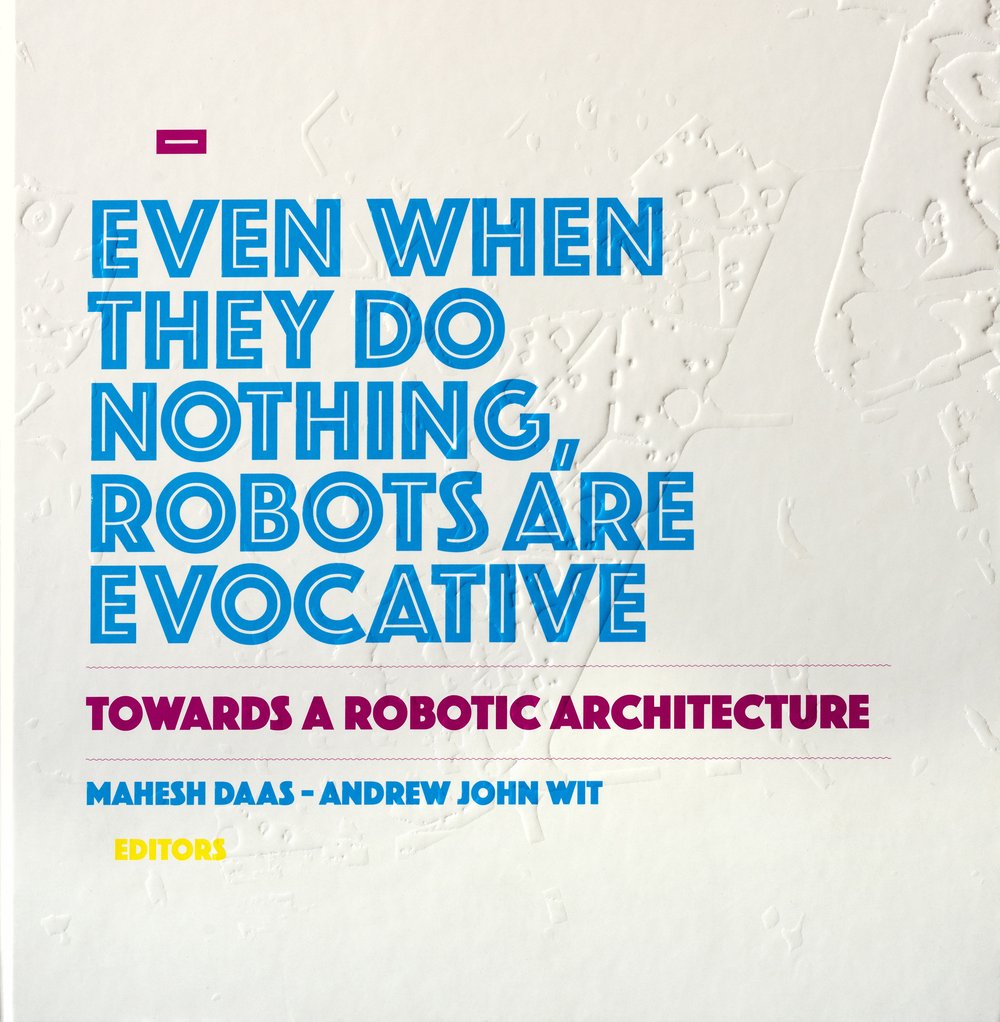Towards a Robotic Architecture

The field of robotics is coming of age. Robotics and artificial intelligence represent the next cutting edge technology to transform the fields of architecture and design. The past decade's surge towards more computationally defined building systems and highly adaptable open-source design software has left the field ripe for the integration of robotics wither through large-scale building fabrication or through more intelligent/adaptive building systems. Through this surge, architecture has not only been greatly influenced by these emerging technologies, but has also begun influencing other disciplines in unexpected ways. The purpose of this book is to provide systems of classification, categorization and taxonomies of robotics in architecture so that a more systematic and holistic body of work could take place while addressing the multifarious aspects of possible research and production. As the research in this area is in its infancy, the book will play the role of bringing together scholars, designers and industry members defining their positions along the four frameworks for architectural robotics. The book aspires to be the first scholarly treatment of a broad range of robotics research in architecture and design fields. It will address how architectural robotics can open up unique and innovative possibilities both within architecture and related disciplines. AUTHORS: Dr. Mahesh Daas is the dean of the School of Architecture, Design and Planning at the University of Kansas. Throughout his career, Daas has been honored for his exceptional creative achievements, leadership, and innovative approach to teaching. Professor Andrew John Wit is an Assistant Professor of Digital Practice within Temple University where he leads research, courses, and workshops focused around novel building systems generated through the integration of light-weight composites, digital tools/fabrication and robotic systems. 200 colour illustrations
